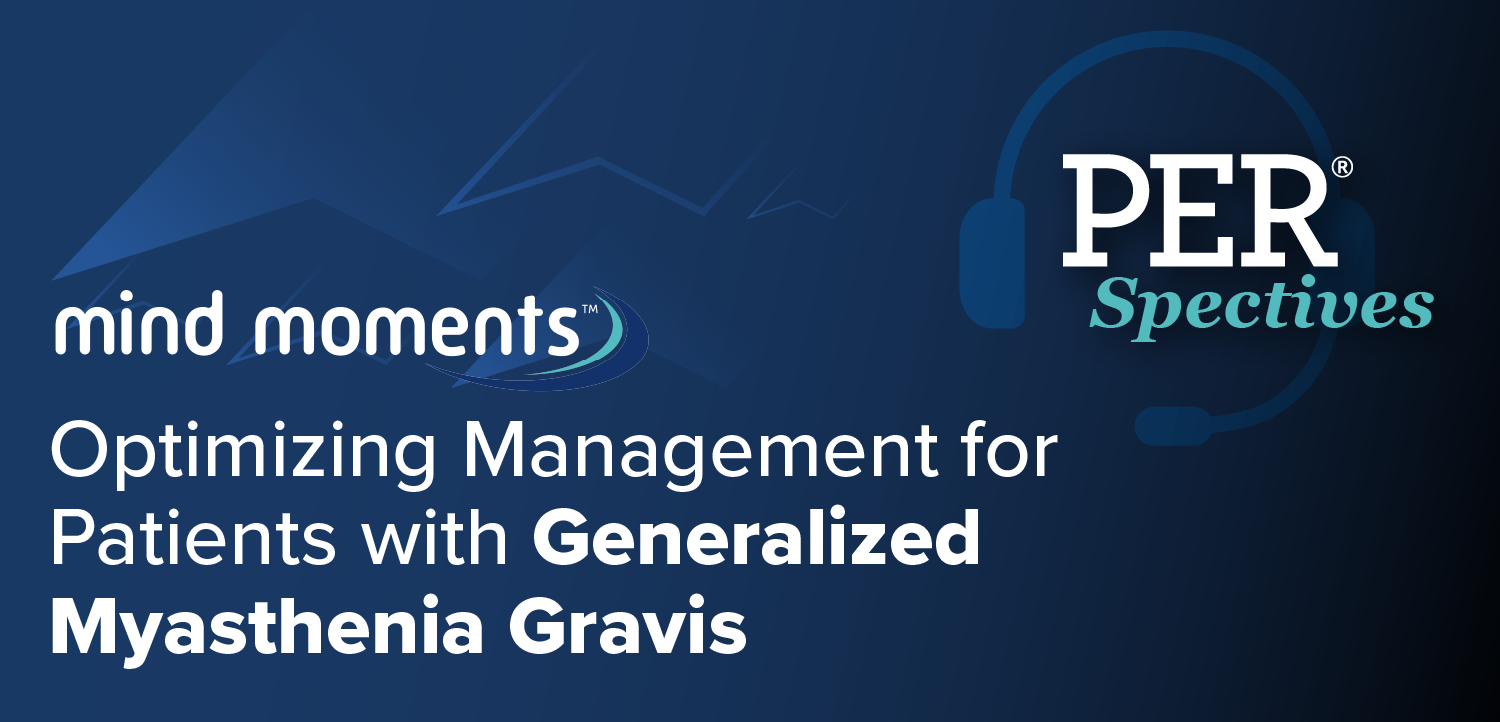
Outlining Phase 3 VITALIZE and MOBILIZE Trials of Riliprubart in CIDP: Luis Querol, MD, PhD
The neurologist at the Hospital de la Santa Creu, in Barcelona, Spain, outlined the goals and significance of the VITALIZE and MOBILIZE phase 3 trials evaluating riliprubart in standard-of-care and treatment-refractory CIDP populations. [WATCH TIME: 3 minutes]
WATCH TIME: 4 minutes
"These phase 3 trials are ambitious—one targets an underserved population, and the other challenges the standard of care for the first time in CIDP."
An investigational agent, riliprubart (Sanofi) tests the theory whether complement-inhibiting action can have significant therapeutic effect on patients with chronic inflammatory demyelinating polyneuropathy (CIDP). The therapy has shown promise in a phase 2 trial (NCT04658472), with patients experiencing improvements in patient-reported fatigue and quality-of-life measures across a 76-week treatment period. These effects, seen in refractory patients and those on standard-of-care therapies in addition to riliprubart, further highlighted the potential this agent may bring to patients.
A bevy of presentations regarding riliprubart were presented at the
Treatment duration in both trials is 48 weeks: 24-week double-blind period (Part A), followed by a 24-week open-label period (Part B). To better understand the details behind this trial, NeurologyLive sat down with site investigator
REFERENCES
1. Sommer C, Querol L, Allen J, et al. Riliprubart Phase 3 MOBILIZE and VITALIZE Trials for CIDP are Actively Enrolling Globally. Presented at: 2025 PNS Annual Meeting; May 17-20. Edinburgh, Scotland. Abstract P280.
Transcript edited below for clarity.
Luis Querol, MD, PhD: These two trials, of course, are a consequence of the encouraging earlier results. If those results hadn’t been as strong, the drug wouldn’t have been eligible to continue in development. But not only is development continuing—it’s moving forward with ambition, for two key reasons.
The first trial, called MOBILIZE, is designed to address an unmet need: how do we treat patients who are refractory? This is a particularly challenging population. The phase 2 results were very encouraging, and having a trial that specifically targets a group often left out of therapeutic strategies is ambitious. The phase 2 data support the use of riliprubart in this difficult-to-treat population.
The second trial, called VITALIZE, is ambitious not because it targets a rare subgroup, but because it aims to compare riliprubart head-to-head with the current standard of care: immunoglobulins. This is the first time a trial has attempted such a comparison. IVIG has long been the standard of care, and no one had previously taken on the challenge of testing against it. But the phase 2 data showed not only safety, but also the possibility of improving patients’ status beyond where they were on IVIG prior to trial entry. That suggested there might be room for riliprubart to outperform standard treatment.
Together, these two trials—once completed—will provide robust evidence that complement-targeted therapies can be effective in CIDP and may benefit patient populations that, until now, haven’t been adequately addressed.
Newsletter
Keep your finger on the pulse of neurology—subscribe to NeurologyLive for expert interviews, new data, and breakthrough treatment updates.




































